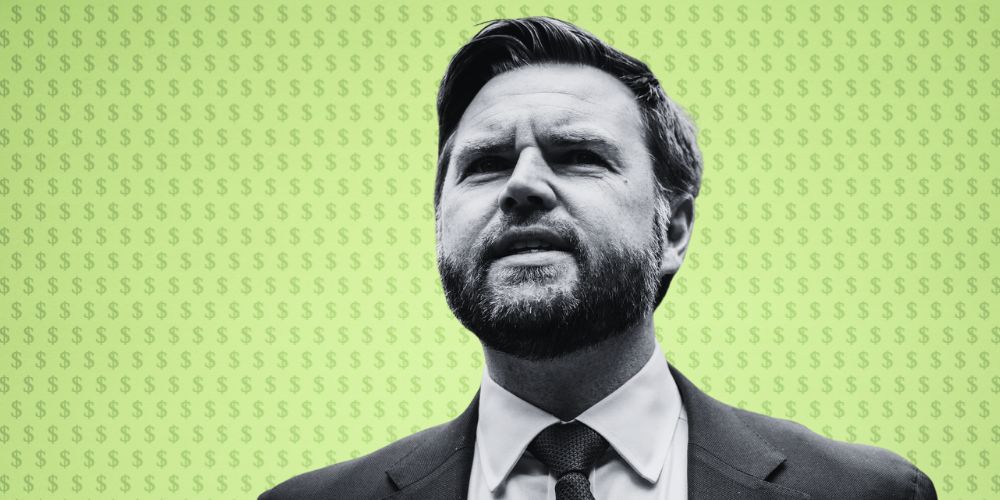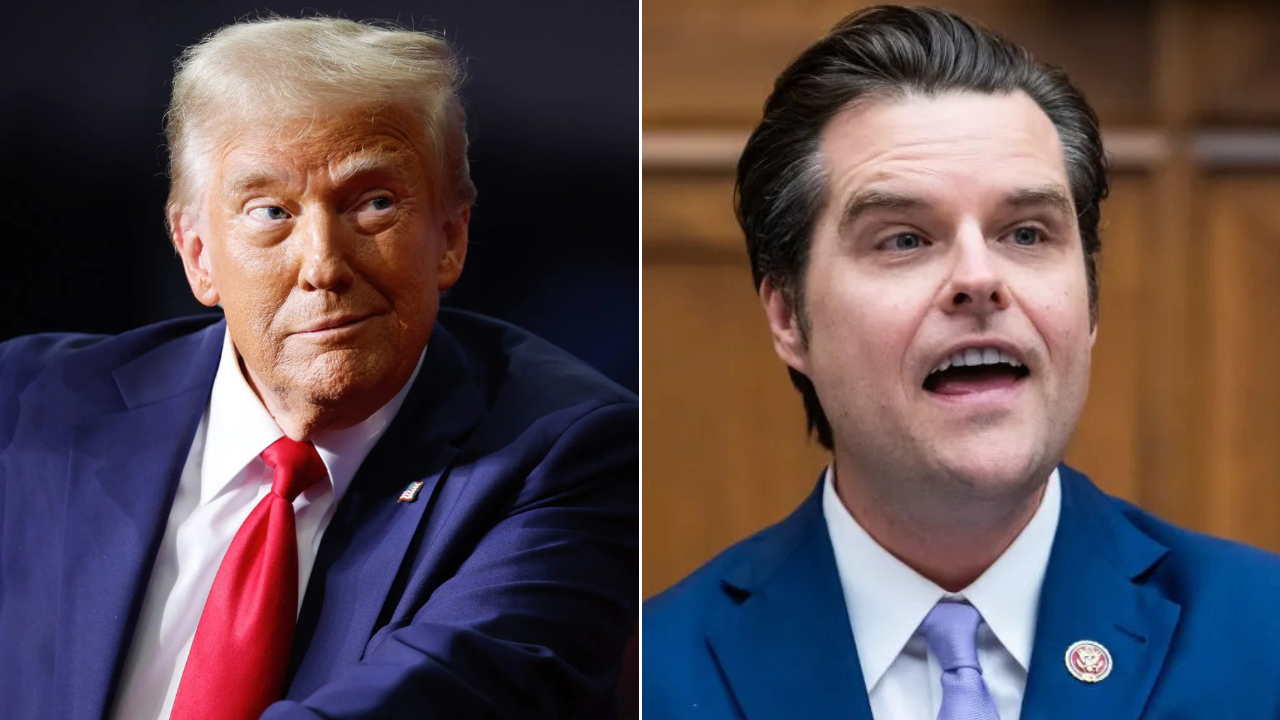With the news that JD Vance was chosen by Donald Trump to be the Vice Presidential candidate, I shuddered in recognition. As an author and an editor, I have been publishing-adjacent for most of my life. Vance’s story—as recounted in his bestselling book Hillbilly Elegy, a rags-to-riches tale that struck a chord with Americans—was brought into the world by the liberal Manhattan publishing industry in 2016, and after that adapted and adopted by Democratic Hollywood.
Article continues below
Pundits quoted Vance constantly for at least a year after the book was published, as if the author was a seer of the poor. They and the progressive culture-makers who were originally smitten by the story of Vance’s authentic hard knock life as well as his speedy ascent into the overclass, are as responsible for Vance’s mythos as Peter Thiel and the Republican Party. In this way, Vance is our monster.
Welcome to the Art of the Deal of the Hillbilly.
Trump for much of his career was alternately mocked, admired and amplified by New York’s liberal media. Like Vance, he also peddled what I think of as crappy prosperity populism. (Perhaps all prosperity populism is crappy?) Crappy prosperity populism is the claim that all success is due to individual gifts and efforts, and anyone who tries hard can make it. It’s also the faith that this achievement is best measured in both dollars and entrance into the highest reaches of society.
Finally, it’s a contempt for the poor—in Vance’s case, his own family members, who he blames for their own condition. As Vance wrote in Hillbilly Elegy, of those he had left behind in Ohio, they were simply spending their “way into the poorhouse.” “People talk about hard work all the time in places like Middletown,” he sniped.”You can walk through a town where 30 percent of the young men work fewer than twenty hours a week and find not a single person aware of his own laziness.”
Of course, the two men’s stories diverge somewhat here, as Trump’s claims to be self-made are laughable while Vance’s are at least partly true—Vance, unlike Trump, actually did jump social classes and obviously has academic gifts (as well as a less admirable talent for kissing up to rich and powerful men). The falsehood at the center of both Vance’s and Trump’s life stories, however, is one and the same. It’s that inherited wealth and privilege isn’t the main ingredient in creating the kind of “success” these men value.
Many of the most popular books and television shows of the 20th century fixated on the idea of individualist prosperity.
Class leaps are far rarer now than they were in the 1940s, as research by Raj Chetty and others has shown. It’s treacherous to move between classes, or what social theorist Chantal Jaquet calls “transclass” in her recent book Transclasses: A Theory of Social Non-Reproduction. (This movement is what Barbara Ehrenreich and I used to jokingly call “fucking up.”)
On one hand, Vance’s personal narrative is the authentic-seeming apotheosis of Trump’s own mostly false story of self-creation. On another, both are part of a longer tradition in American writing and entertainment centered on the self-made man. As I wrote in my last book Bootstrapped, many of the most popular books and television shows of the 20th century fixated on the idea of individualist prosperity, from the fictions of Horatio Alger to those of Laura Ingalls Wilder and Ayn Rand.
If you read Wilder and her daughter’s letters, you can see these texts were partly propaganda against FDR. Nevertheless, these books were ultimately adapted by Hollywood liberals who popularized their self-sufficient pioneers of the prairie or Rand’s hard-hearted businessmen. Director Ron Howard simply followed this playbook when he turned Vance’s version of a naïve and violent Appalachia into a failed Oscar-bait flick.
I always disliked Vance’s book, partly because when it was published in 2016, I was two years in to my job commissioning and editing writers and photographers at an organization dedicated to representing people without resources. Many of my contributors knew all about financial desperation, working class identity, the Rust Belt, and addiction. Our contributors, however, often had chosen to stay in the places they came from, to try to fully understand these locales and folkways, even finding the beauty in them. Vance never had such insight or grace. For me, the best part of his memoir was the most honest: when he was urgently trying to learn which forks he should use for what meal course as a young man who had made it to high places.
To me, Vance’s new power, and the role of the American culture industries in building him up, should lead to some questions. One is to look at the hold the by-the-bootstraps storyline has over us. After all, Vance’s book was marked by a bitter disdain for those he grew up among and the poor in general (“a culture that increasingly encourages social decay instead of counteracting it”) yet it was well-received at the time by progressive critics who form Bookmarks’ chorus. We might wonder why he was so rewarded.
For contrast, we can look at books of our era about mill towns and Appalachian poverty that were less cliched, more thoughtful, more inclusive, and with far more ductile notions of personal success. (I mean: is the only option besides being a hillbilly really simply being a Hillbilly-ionaire-in-waiting?) In the future, let’s read them in our book clubs and feature them on the radio. As readers or critics, we can push back on the blame-and-shame stereotypes Vance and his ilk offer, exploding the tales of the deserving rich and their hollow bootstrap narratives.
Our real American Dream lies elsewhere.

















































![Evolution’ Reveals Rossi & Jill’s Past — Plus, [Spoiler] Become a Target (RECAP) Evolution’ Reveals Rossi & Jill’s Past — Plus, [Spoiler] Become a Target (RECAP)](https://www.tvinsider.com/wp-content/uploads/2024/07/criminal-minds-evolution-1708-jill-rossi-kiss-846x570.jpg)









